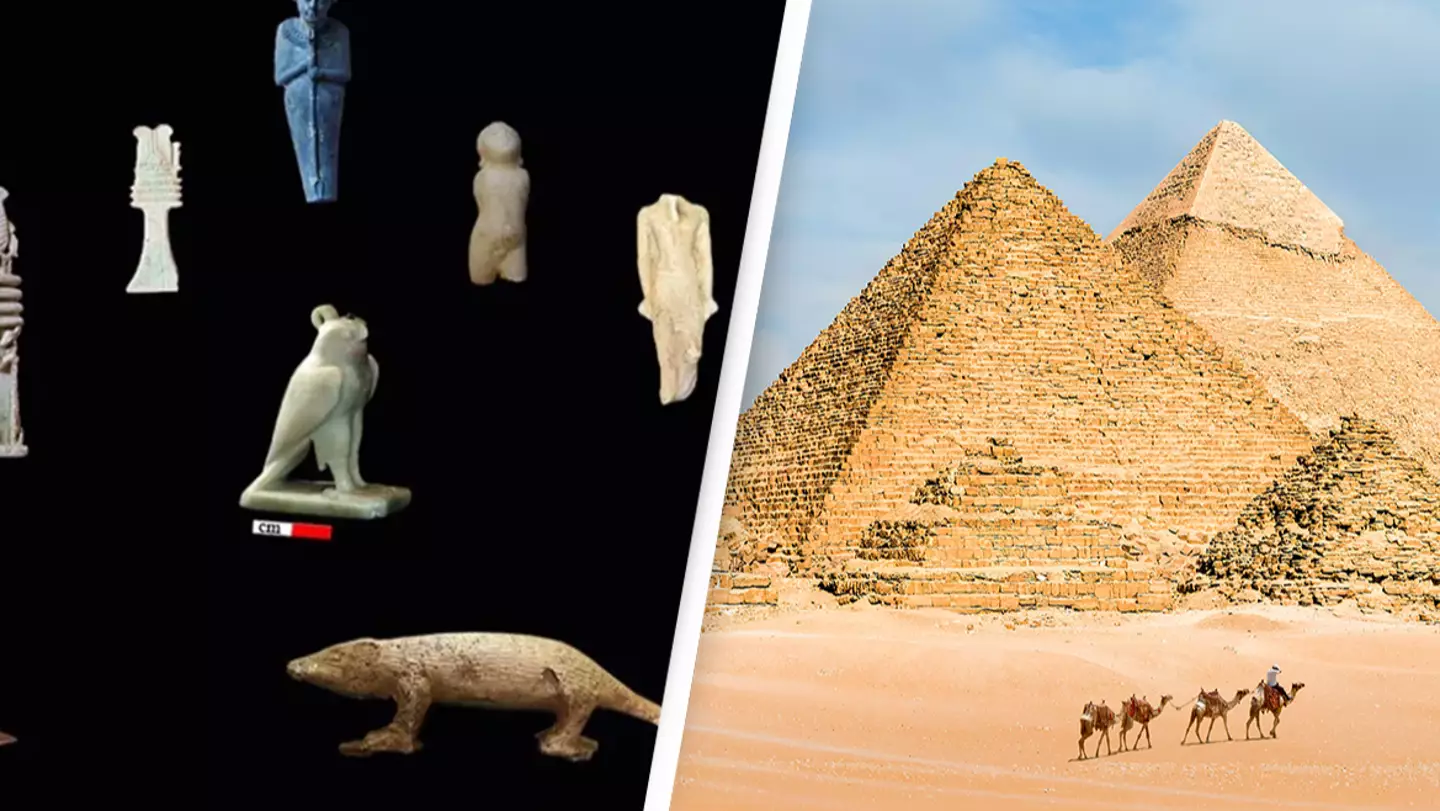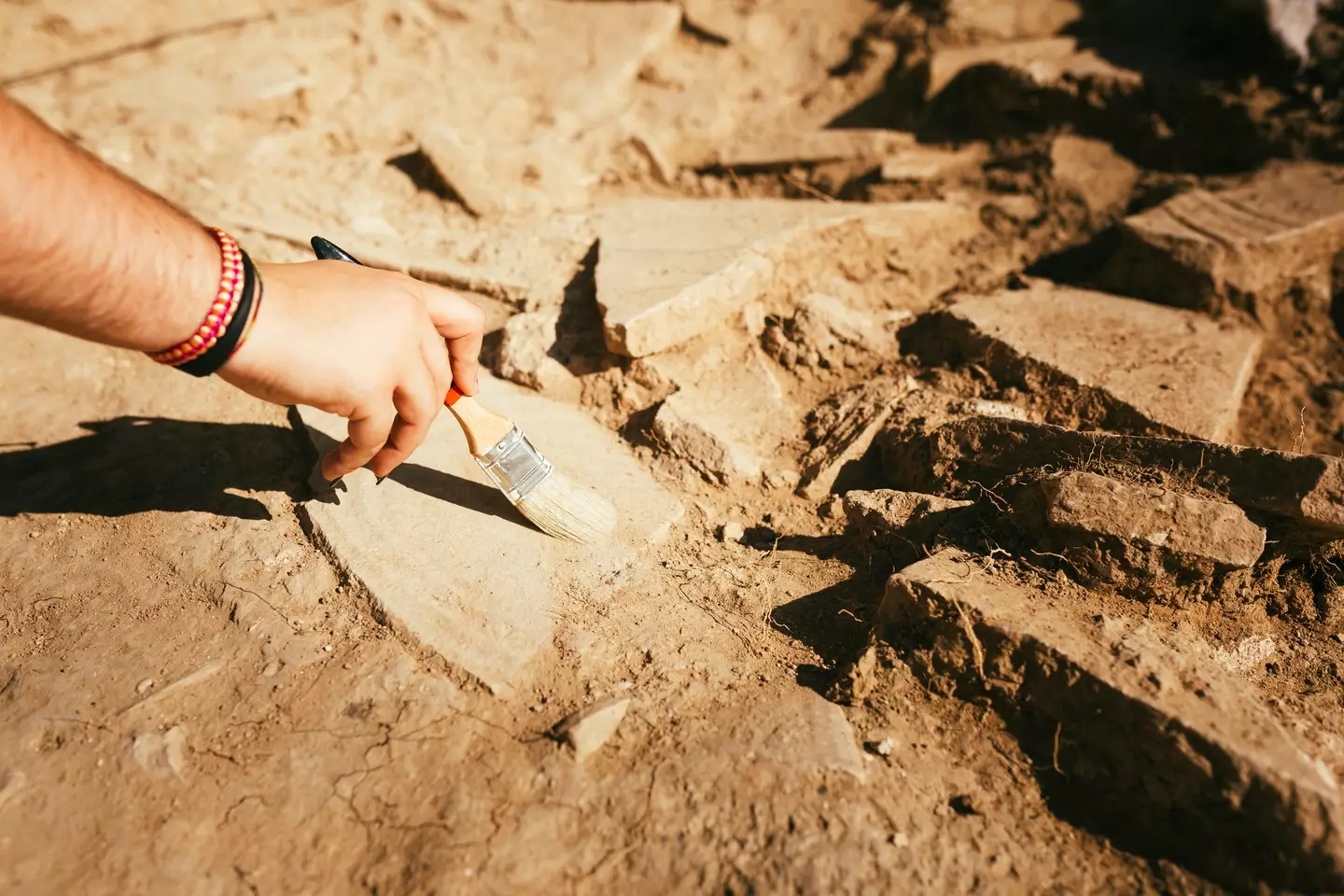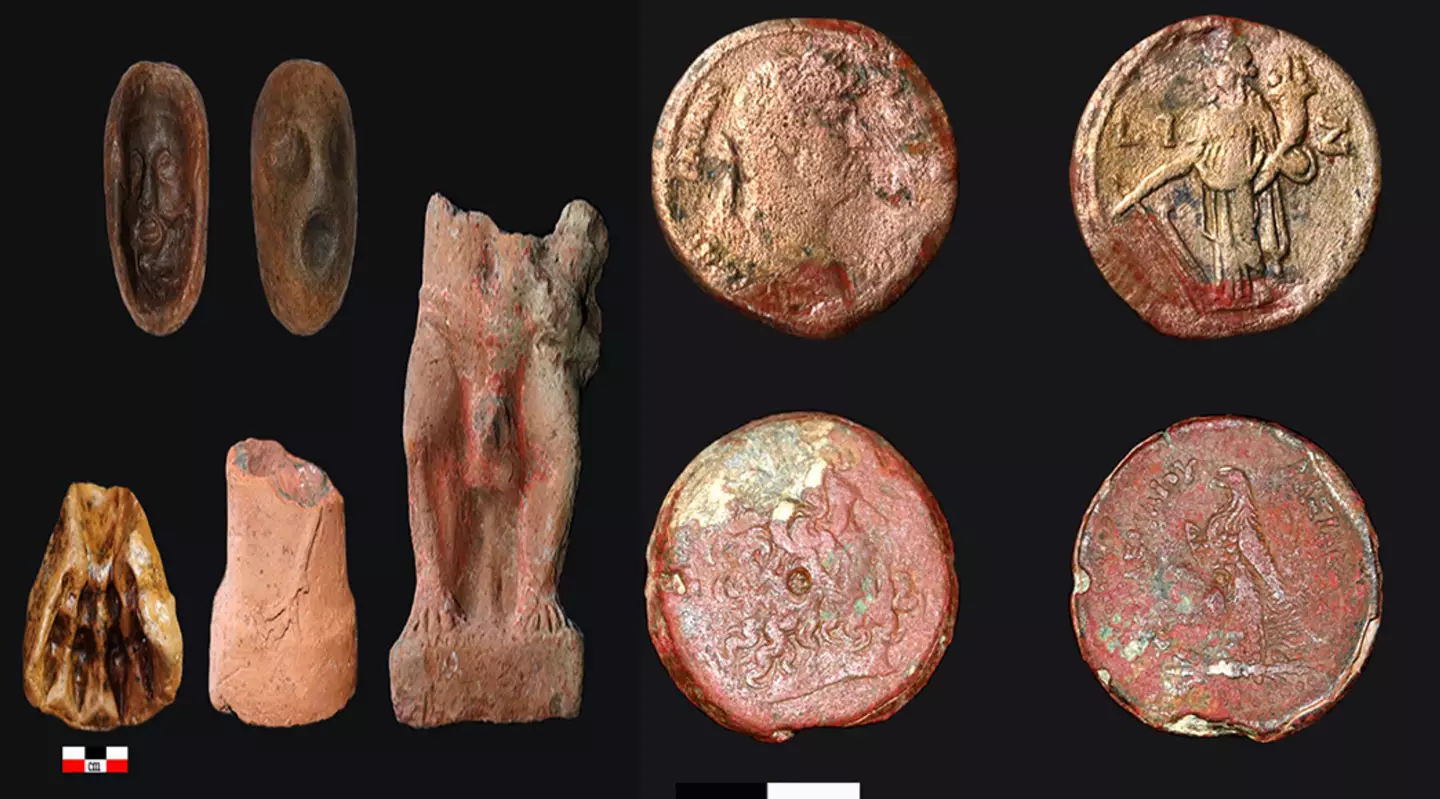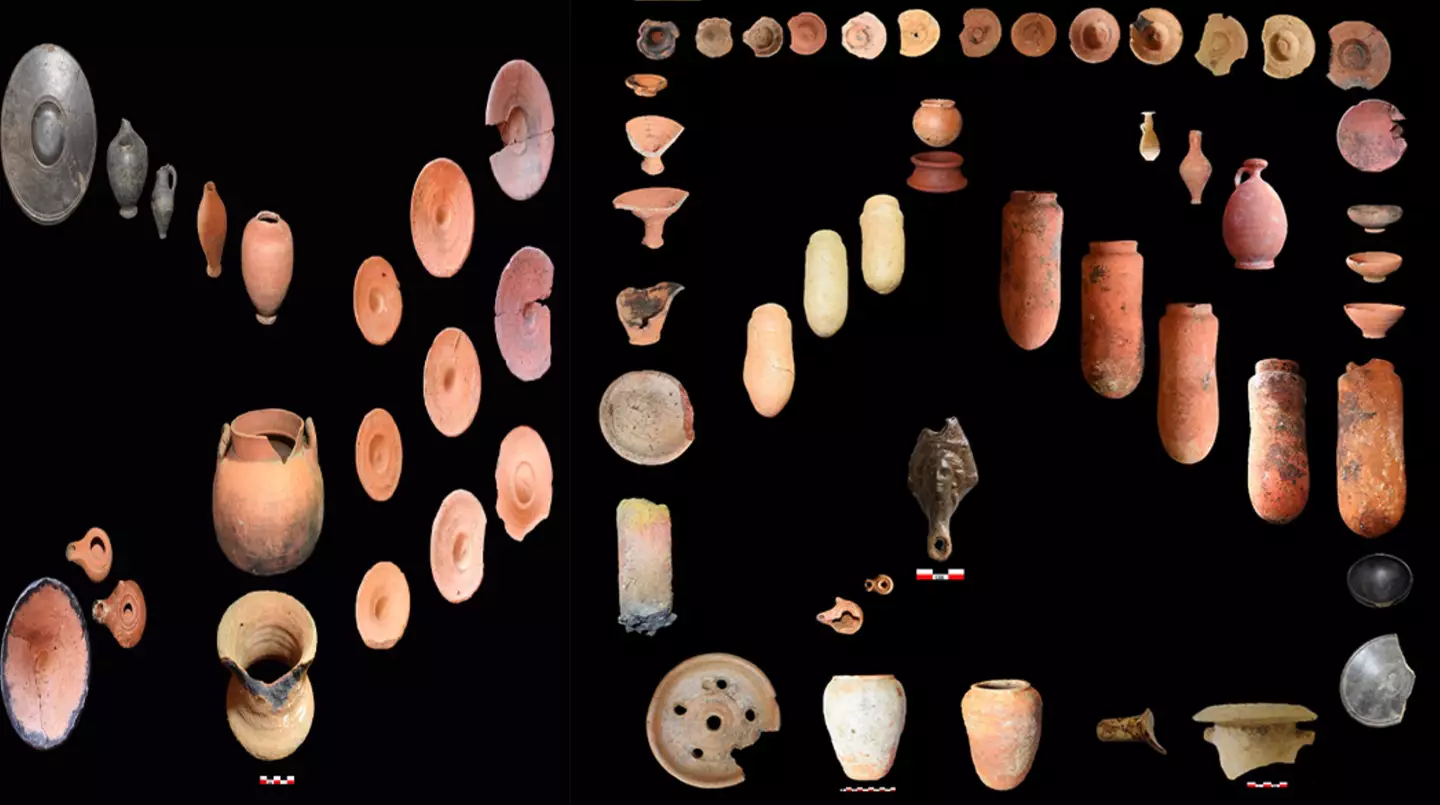
Archeologists believe they've found the first astronomical observatory on record.
The discovery was made during excavation efforts the ancient city of Buto, now called Tell Al-Faraeen, when the team came across an L-shaped mud-brick building.
Initially they thought that it was an ancient temple that they'd stumbled across as the building appeared to be a monumental gate of an Egyptian temple known as a pylon.
But as the excavation went on, the archeologists uncovered artefacts and inscribed symbols relating to time and astronomy.
Advert

The team then came across a slope stone sundial - also known as a sloping shadow clock - that led researchers to make the new announcement that this structure was in fact a huge observatory that sprawls over a quarter of an acre (850 square meters).
Another thing that alerted them to the fact that the building was likely to be an observatory rather than a temple was 'a triad of pillars' which researchers think 'represent the ancient Egyptians' tripartite division of time into seasons, months and weeks'.
According to the country's Ministry of Tourism and Antiquities, the observatory is 'the first and largest astronomical observatory building' on record and it would have been used to 'observe and record astronomical observations and the movement of the sun and stars'.
Advert

Elsewhere Dr. Mohamed Ismail Khaled, Secretary-General of the Supreme Council of Antiquities, said that the discovery 'confirms the ingenuity and skill of the ancient Egyptians in astronomy since ancient times'.
Speaking about the historic find, Hossam Ghonim, director general of Kafr El-Sheikh Antiquities and head of the Egyptian archaeological mission, said to Live Science: "Everything we found shattered our expectations."
He continued to say of the sundial they found: "Along the hall's northern side, we discovered a slanted stone sundial - a sun shadow clock that used the shifting angles of the sun's shadows to determine sunrise, noon and sunset - a simple yet profound method."
Advert

Including the sundial, researchers found construction features that also suggested alignments with the sun, Space.com reports.
One example of this was three stone blocks on the ground which will have been used to 'take measurements of the sun's location'.
Dozens of artefacts also believed to be associated with an astronomical observatory were locating the large building such as a statue of the falcon-headed god Horus, a bronze figure of Osiris and a a beaded necklace known as a Menat.
Advert
It's believed the observary was found three years ago, but Egypt's Ministry of Tourism and Antiquities has only just announced the news in recent days.
Topics: History, News, Space, World News, Egypt